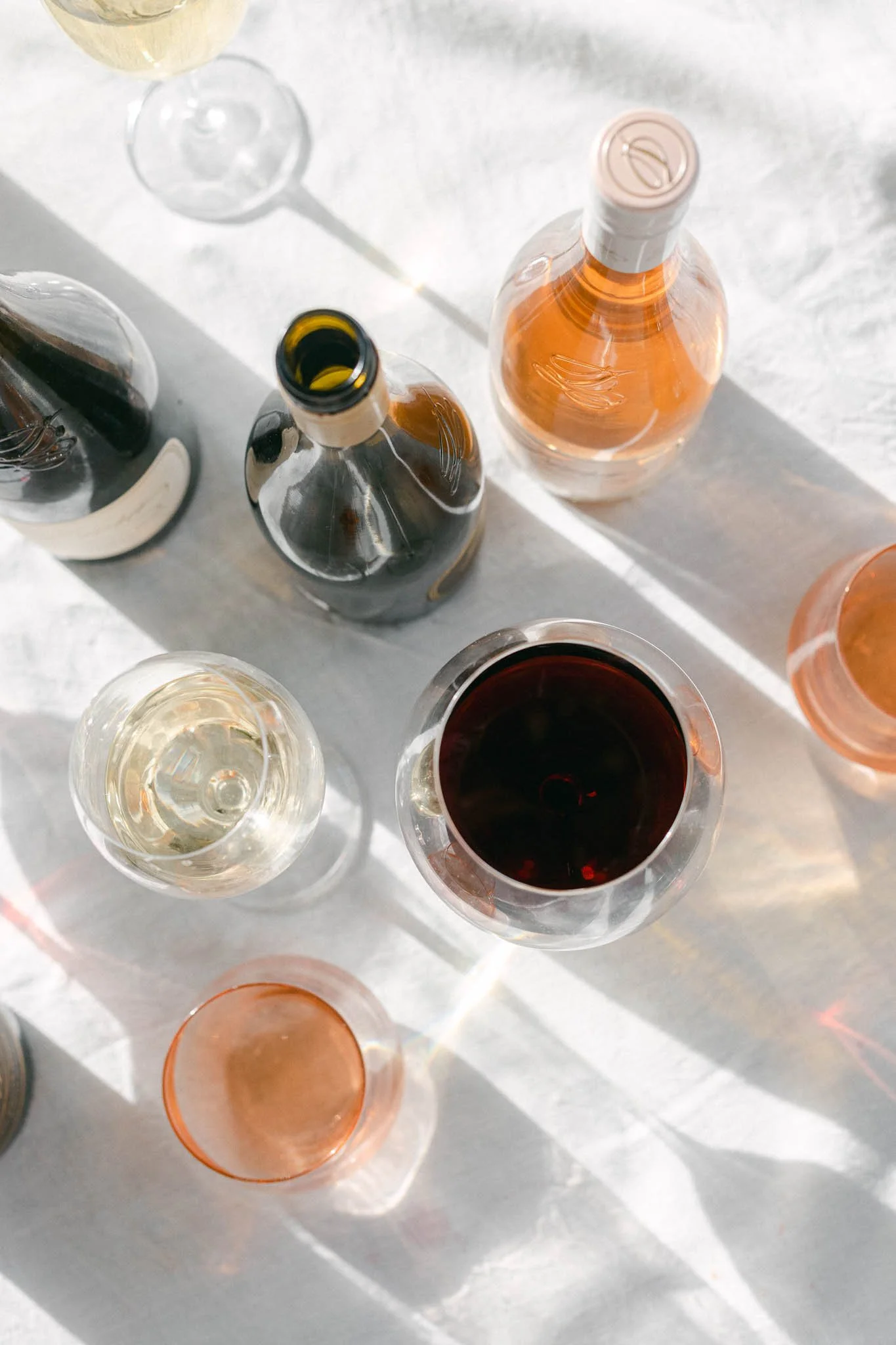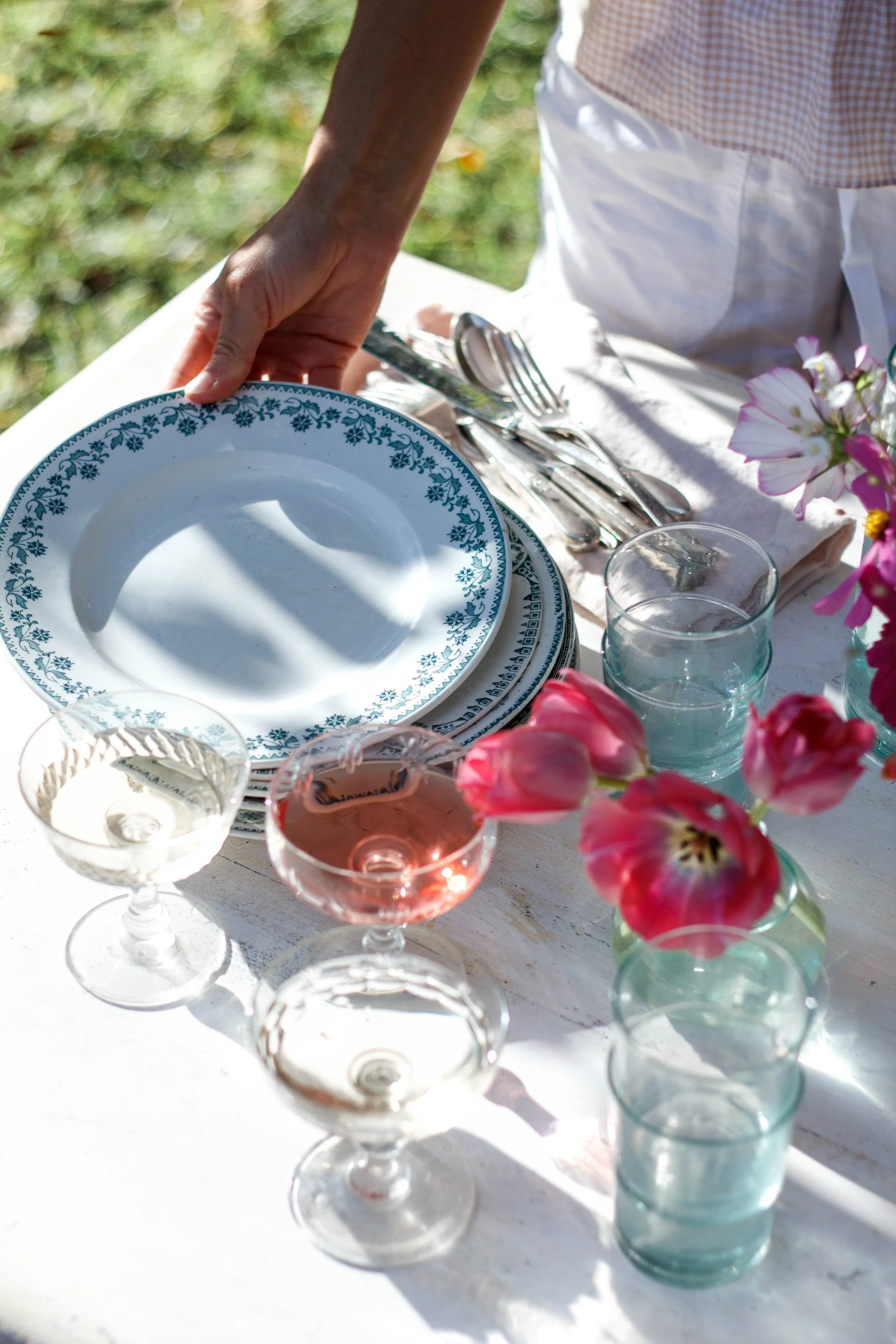Evoke The Senses
I was flipping through some of my favorite books the other day, daydreaming in the dappled sunshine under my mulberry tree. The well-worn and dogged-eared pages share more than just my love for them but something else entirely. I keep these close, stacked in heaps by my bed to drift of to sleep with. On the side of my desk, I have a board full of disconnected images, clippings from magazines, printouts, and little bits that are inspiring or strike a cord in my heart with me. Most of these are dreams, and some are creative inspirations for my work. "How could I replicate that feeling"? Besides just making a pretty picture and styling a scene, visual storytelling is so much more based on our human experience, emotions, and senses. Most of the images we are drawn to are beautiful compositions evoking many, if not all, of our senses. Freshly cut lemon slices not only catches the light with our eyes, but you can smell it (or at least envision that bright, fresh fragrance!) Sight, yes, quite obvious, being the primary one for photographers, is not the only one or the most important when it comes to telling a visual story. So returning back to some of my beloved images, I turn to time and again; what's the underlying thread between them all? In some way or another, they all evoke a sense and a feeling. Just how magical lighting can make the ordinary extraordinary...playing up to our senses can take a visual story that much further. Maybe you don't highlight every sense in one single capture, but at least they are kept in the back of your mind, especially if you're struggling with a scene and something doesn't feel quite right. These are just a few suggestions and ways to evoke the senses, not just the one we use behind our viewfinder!




